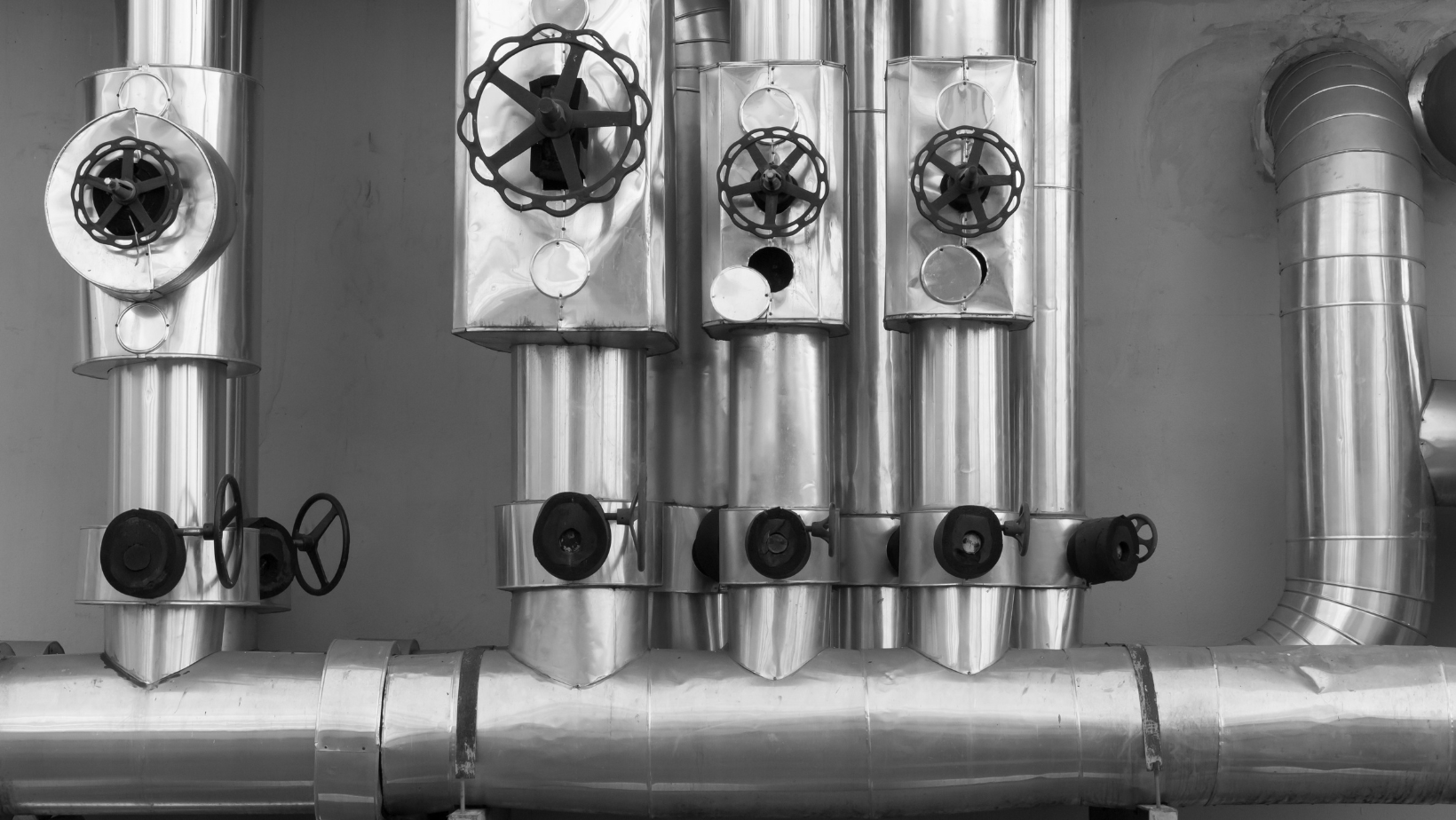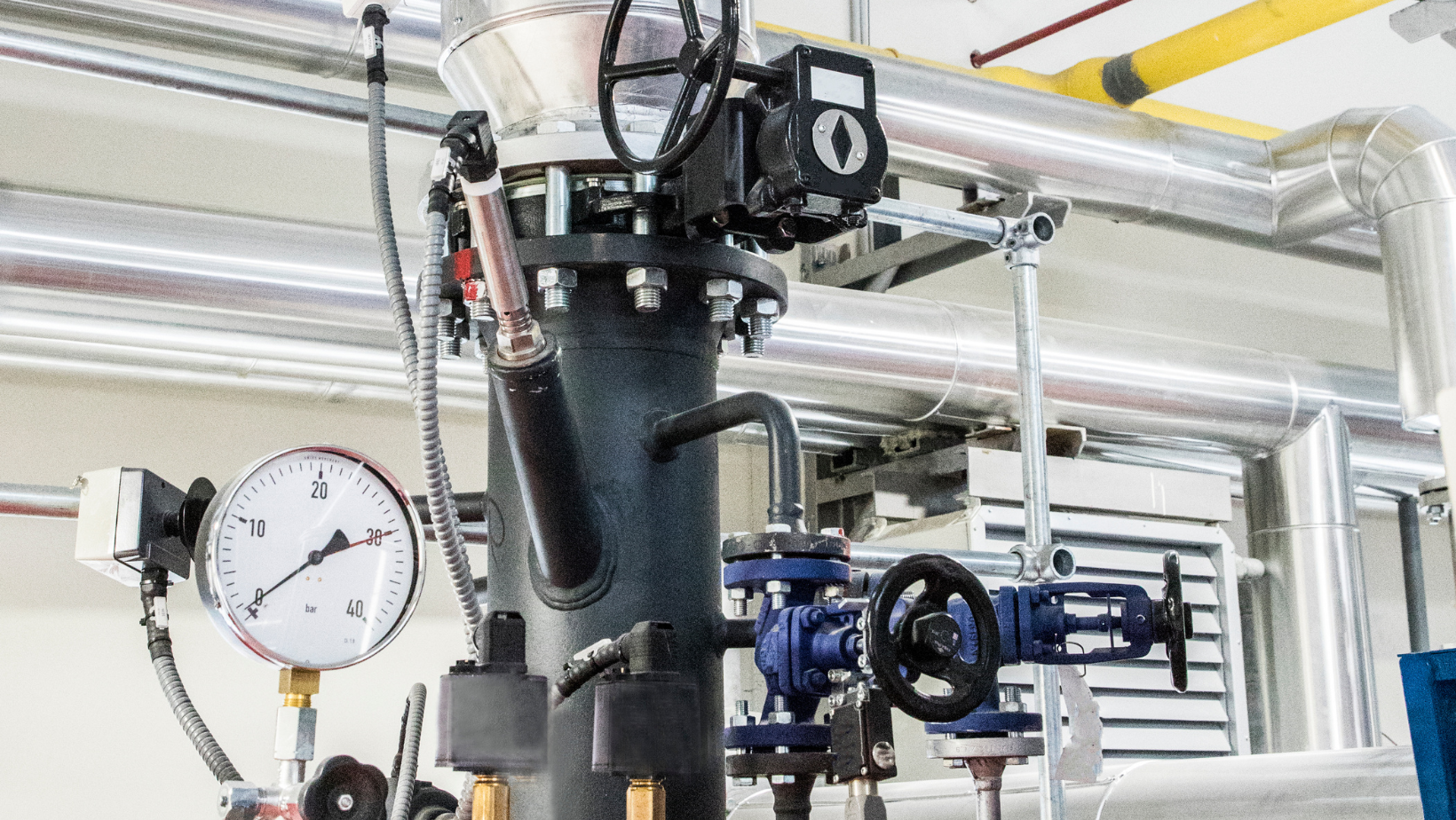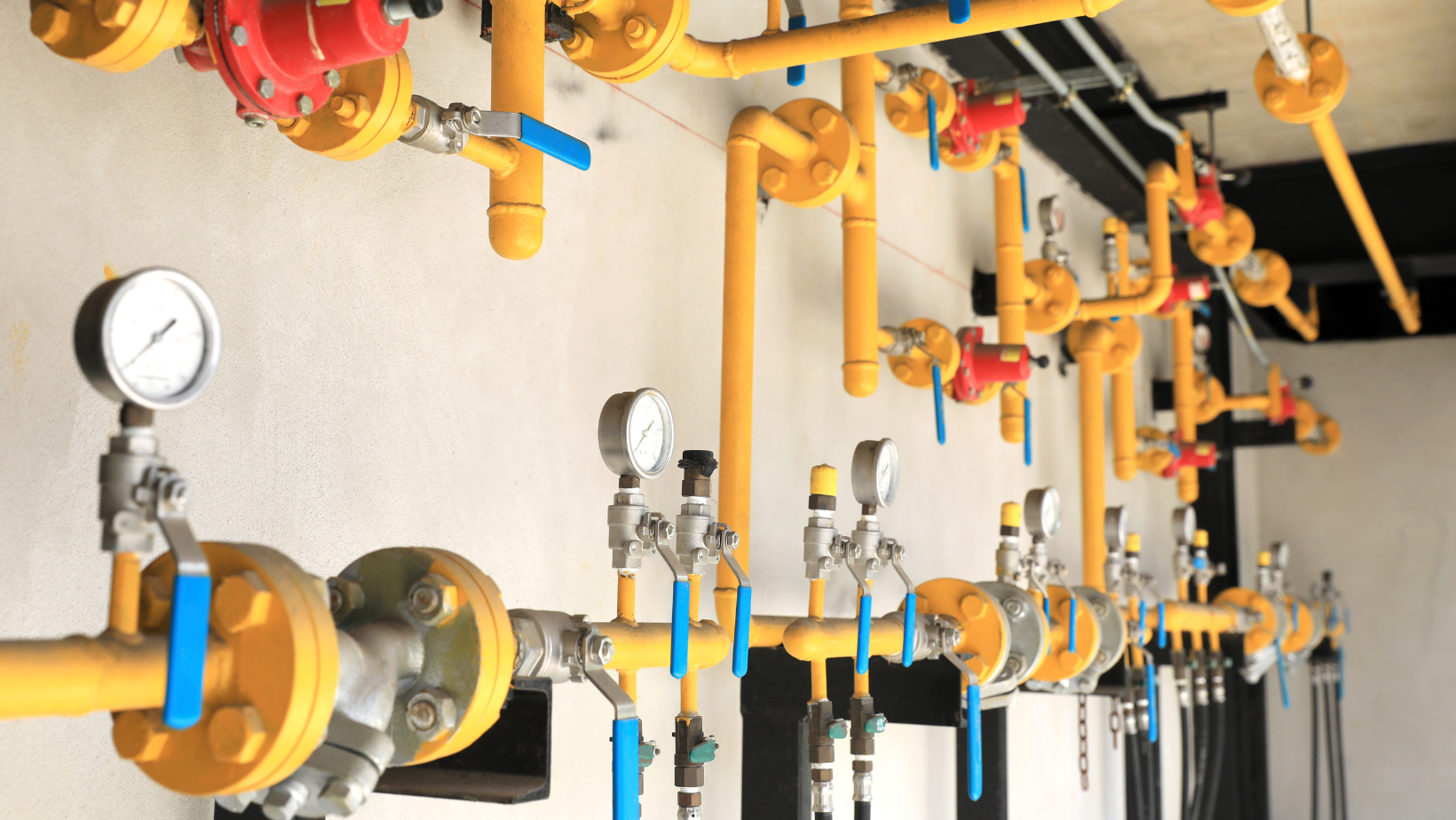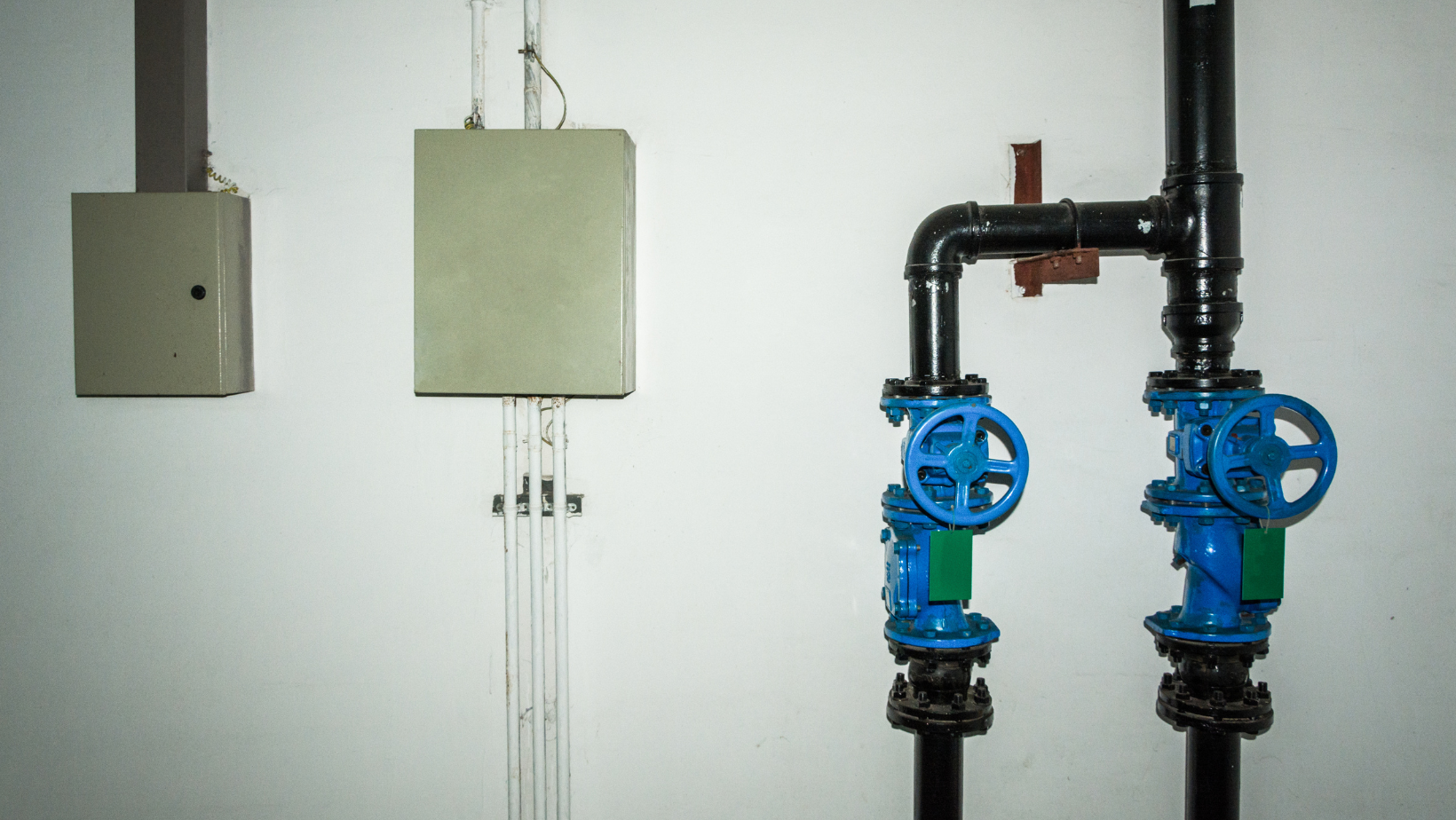
Medical gas pipeline systems are essential to any healthcare facility, providing patients with a safe and reliable supply of medical gases. These systems play a crucial role in patient care, supporting various medical procedures and treatments. As such, healthcare professionals and medical gas installers must thoroughly understand the different types of gas pipeline systems to ensure proper use and maintenance.
In this article, we will discuss the two main types of medical gas installation pipeline systems and why they are both vital to the functioning of a modern healthcare facility. Keep reading to learn more!
1. Centralized Medical Gas Pipeline Systems
Centralized medical gas pipeline systems are the unsung heroes of healthcare, facilitating vital medical procedures one breath at a time. Tucked away, often in a healthcare facility's basement or utility area, these systems silently and efficiently supply necessary instrument air to patient care areas from a central source, like oxygen, nitrous oxide, or carbon dioxide. The centralized medical gas piping systems ensure a steady, uninterrupted flow of life-supporting gases, making it as critical to the operation as the surgeon's skilled hands. This type of pipeline system, with its centralized source and extensive network of pipes, is designed for efficiency and reliability because there's no room for error in patient care.
Factors To Consider When Choosing a Centralized Medical Gas Installation
There are several factors to consider when selecting a centralized medical gas pipeline system for your healthcare facility. These include the following:
Safety
Safety is not just a word but a mantra in the medical world, especially regarding medical gas pipeline systems. You don't want to be the healthcare facility that offers a gas mix-up instead of providing life-saving medical gases to patients. So, in case the primary supply fails, it's paramount to ensure that the system you choose has built-in safety features such as color-code compliance pipes and outlets, pressure alarms, vacuum systems, and automatic switch-over mechanisms and are in accordance with the National Fire Protection Association.
Additionally, the vacuum systems covered should comply with stringent healthcare standards and regulations. Let's take a scenario where a patient in critical condition requires immediate oxygen support. The last thing you want is an issue with low pressure or a mix-up between oxygen, carbon dioxide, and nitrous oxide. A well-designed centralized medical gas pipeline system ensures such nightmares remain mere figments of imagination, showcasing its dedication to protecting and preserving life.
Reliability
Reliability is the lifeline of a centralized medical gas pipeline system. The trusty old steed never fails, the unwavering sentinel standing guard, ensuring unbroken distribution systems of essential medical gases to patients. It's like having a heart that beats without fail, supplying life-saving oxygen to every nook and cranny of a patient's body. Consider the moment when a patient is undergoing a complex surgery. The medical staff performs a delicate dance around the patient, instruments flying, monitors alarm systems beeping, and high tensions.
Amid this whirlwind, it could have catastrophic consequences if the medical air compressors faltered or failed. But a robust and reliable centralized medical gas pipeline system, much like a well-tuned orchestra, ensures that the rhythm of care continues unabated, seamlessly managing supply levels and maintaining adequate pressure. It's the unsung hero humming in the background, its reliability often taken for granted but always appreciated in its unyielding service to patient care.
Flexibility
Every healthcare facility is unique, with varying needs and demands. Hence, the centralized medical gas pipeline system must be flexible enough to cater to these requirements effectively. For instance, some facilities may require a mix of gases, while others may need separate pipelines for each gas type.
The system should also be able to expand or adapt as needed, accommodating any future changes or additions to the facility. Flexibility also extends to maintenance and repair needs. A well-designed system should allow easy access to components for maintenance and ensure minimal downtime if a certified medical gas installer comes for repairs.
Efficiency
Efficiency is the beating heart of any healthcare system, and in the context of a centralized medical gas pipeline system, it's about as crucial as the coffee that keeps our beloved medical professionals going during those long graveyard shifts. Efficient medical gas installations do not just perform their duties diligently but with minimal waste and maximum output, making every breath count. Let's take a large hospital with numerous wings, floors, and departments as an example, each needing a constant, uninterrupted supply of different medical gas outlets at differing pressures.
An efficient pipeline system handles this immense task smoothly, reducing waste by automatically adjusting the flow to match demand in the medical facility. It's like a seasoned maestro conducting a beautiful symphony, deftly managing the orchestra's various sections to create a harmonious, efficient performance. Similarly, an efficient gas pipeline system ensures the right gas gets to the right place at the right time and quantity, supporting patient care without breaking a sweat (or the bank). Efficiency in a medical gas pipeline system isn't just about doing things right; it's about doing the right things right.
Benefits of a Centralized Medical Gas Pipeline Systems
As you can see, a centralized medical gas pipeline system is vital for any healthcare facility. Its design and features are tailored to meet the unique requirements of a healthcare setting. But what are the tangible benefits of these systems? Here are some common advantages of having a centralized medical gas pipeline system:
Cost Savings
Much like those scrumptious free hospital jellies, cost savings are tantalizing for any healthcare facility. A centralized medical gas pipeline system brings with it significant savings, not just in terms of money but also in time and effort. The centralized nature of the system reduces the need for individual gas cylinders, eliminating their associated handling, storage, and logistical costs. It's similar to buying groceries in bulk rather than in small quantities.
You're saving on the unit price and the time and effort spent on multiple shopping trips. Moreover, the automated nature of the system reduces the manpower required for monitoring and replacing cylinders, allowing healthcare facilities to focus on what they do best: saving lives. For example, consider a busy metropolitan hospital with hundreds of patients requiring various medical gases. The financial and otherwise cost of managing individual cylinders for each would be staggering. But a centralized medical gas pipeline system, like a skilled administrator, handles it all with aplomb, effectively reducing costs and helping the hospital run as smoothly as a well-oiled machine.
Enhanced Safety
Safety is the cornerstone of healthcare facilities, and a centralized medical gas pipeline system provides peace of mind for patients, staff, and management alike. The systems' built-in safety features, such as color-coded pipes and outlets, pressure alarms, and automatic switch-over mechanisms, ensure ample safeguards to prevent accidents or errors.
The centralized system also reduces the risks associated with storing large quantities of compressed gases, making it a safer option for facilities with limited space or in urban areas. Additionally, the system's automated monitoring and fail-safe mechanisms ensure installation process issues are detected and resolved promptly, minimizing the risk of disruptions to patient care.
Sustainability
A centralized medical gas pipeline system is a sustainable solution for healthcare facilities. The system's design and features aim to reduce waste, optimize usage, and minimize the environmental impact of medical gas management. Since the system automatically adjusts the flow to match demand, it reduces wastage while ensuring adequate supply. This reduction in wasted gas also translates into less waste material, such as empty cylinders, reducing the facility's carbon footprint and contributing to a cleaner, greener environment. It's like having your cake and eating it, providing top-notch patient care while being environmentally responsible.
Scalability
Flexibility is vital in any dynamic healthcare setting, where needs and demands fluctuate drastically. A centralized medical gas pipeline system provides scalability, allowing facilities to adjust their gas supply according to changing requirements. Need more oxygen for a sudden influx of patients? No problem. The system can be expanded to accommodate the additional demand without compromising efficiency or safety. Similarly, if there is a decrease in demand, the system automatically adjusts accordingly, saving resources and costs. Like a chameleon adapting to its surroundings, a centralized medical gas pipeline system can quickly and seamlessly adapt to any situation without skipping a beat.
2. Decentralized Medical Gas Systems
Decentralized medical gas systems, on the other hand, are like those feisty indie rock bands that each handle their instruments instead of having one conductor orchestrating the entire show. Rather than one centralized point controlling the distribution, decentralized systems have multiple points of supply, each serving a specific area or department within the healthcare facility. Imagine a bustling hospital, with its emergency department requiring high volumes of oxygen, operating rooms needing nitrous oxide for anesthesia, and the neonatal wing needing carefully balanced blends of oxygen and nitrous oxide.
With a decentralized system, each department could have a dedicated gas supply, providing enhanced control and adaptability to individual needs. This approach can be particularly beneficial when a department's gas requirements differ significantly from the rest of the facility.
Factors To Consider When Choosing Decentralized Systems
While decentralized systems offer flexibility and control, they also have certain considerations that must be considered before deciding. Some of these factors include:
Cost
Without a doubt, cost plays a leading role in the decision-making process of selecting a decentralized medical gas system. Like choosing between a night at a posh, five-star restaurant or a cozy, home-cooked meal, both come with unique costs and benefits. In the healthcare world, with a decentralized system, you're looking at higher initial setup costs. Each department with its specific gas supply equates to multiple installation points, which means more equipment, resources, and time invested.
It's akin to setting up separate utility connections for every room in your house! However, these costs are often offset by the potential savings in the long run. With each department controlling its gas supply, consumption can be closely monitored and adjusted to meet specific needs, thus reducing wastage and inefficiencies. The cost-benefit analysis can vary significantly depending on the facility's specific needs and usage patterns. Therefore, it's essential to crunch the numbers accurately and consider the long-term implications of the initial setup costs.
Maintenance
Like a classic car requiring regular tune-ups and oil changes, decentralized medical gas systems also have higher maintenance requirements than centralized systems. With multiple sources and points of distribution, maintaining each supply point can be time-consuming and labor-intensive. Each location must be regularly checked for leaks or other issues, adding to the facility's overall maintenance costs. However, the system can function smoothly and effectively with proper maintenance and regular checks. So, while the initial costs may be higher, investing in maintenance can save significantly on potential repairs or replacements.
Redundancy
One of the significant considerations when it comes to medical gas systems is redundancy. It refers to having backup systems and supplies in case of emergencies or failures. Decentralized systems have built-in redundancies with multiple points of supply, ensuring a continuous flow of gases to each department. In case of a breakdown or issue at one location, other areas can continue operating without disruption. However, this also means having multiple sources that need maintenance and repairs if issues arise.
Safety
Safety is always a top priority in any healthcare facility, and choosing the right medical gas system is no exception. While decentralized and centralized systems have safety protocols, the risks may differ. For example, a decentralized system may require training for staff to handle emergencies or a potential leak at a specific location, while centralized systems have trained personnel managing gas flow from one central source. Understanding each system's safety measures and risks can help make an informed decision based on the facility's needs and capabilities.
Benefits of Choosing a Decentralized System
While decentralized systems have their considerations and challenges, they also offer unique benefits that can make them the perfect choice for specific facilities. Some of these benefits include:
- Enhanced control: As mentioned earlier, each department or area has its gas supply, providing more precise control over usage and consumption. This can lead to significant cost savings in the long run, as wastage and inefficiencies are minimized.
- Flexibility: With each department having its supply, decentralized systems can easily accommodate changing needs without affecting other areas' gas flow. This adaptability is particularly beneficial in emergencies or when a facility's usage patterns change.
- Redundancy: The built-in redundancies in decentralized systems ensure a continuous supply of gases to each department, even in emergencies or failures. This can provide peace of mind and minimize disruptions in critical departments like the emergency or operating rooms.
- Customization: Each department may have specific gas requirements, and a decentralized system allows customization and tailored solutions for each area's needs. This personalized approach can lead to better patient care and outcomes and improved efficiency in operations.
- Scalability: As healthcare facilities grow and expand, so does the demand for medical gases. With a decentralized system, adding new areas or departments is relatively easy, as each new location can have its gas supply without affecting other existing sources.
Tips and Tricks For Managing Medical Gas Pipeline Systems
Whether you choose a centralized or decentralized system, there are certain best practices to remember for effective management and maintenance. Some of these tips include:
- Regular inspections: Inspecting all gas outlets, valves, and pipes can help identify any potential issues before they become major problems.
- Protocol training: Ensure all staff members are adequately trained on emergency protocols, gas handling procedures, and safety measures to minimize risks and disruptions.
- Log keeping: Keep detailed logs of gas usage, maintenance checks, and repairs to track costs and identify any patterns or issues that need attention.
- Invest in quality equipment: Opt for high-quality equipment from reputable suppliers to ensure the system's performance and durability.
- Stay up-to-date with regulations: Medical gas systems are subject to strict regulatory standards, and staying informed about updates or changes is crucial for compliance and safety.
Conclusion
Choosing between a centralized or decentralized medical gas system depends on the facility's specific needs, usage patterns, and budget. While centralized systems offer simplicity and lower maintenance requirements, decentralized systems provide enhanced control, flexibility, redundancy, customization, and scalability. Whichever system you choose, proper management and maintenance are crucial for safety, efficiency, and cost savings in the long run. Remember to consider all factors carefully and consult with experts before making a decision that best suits your facility's requirements.







